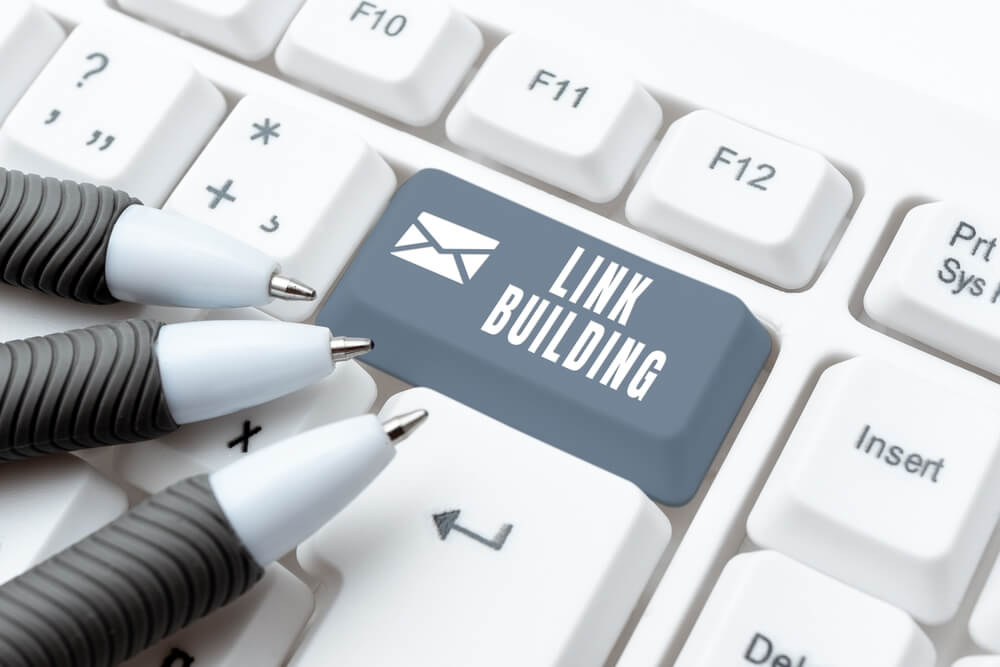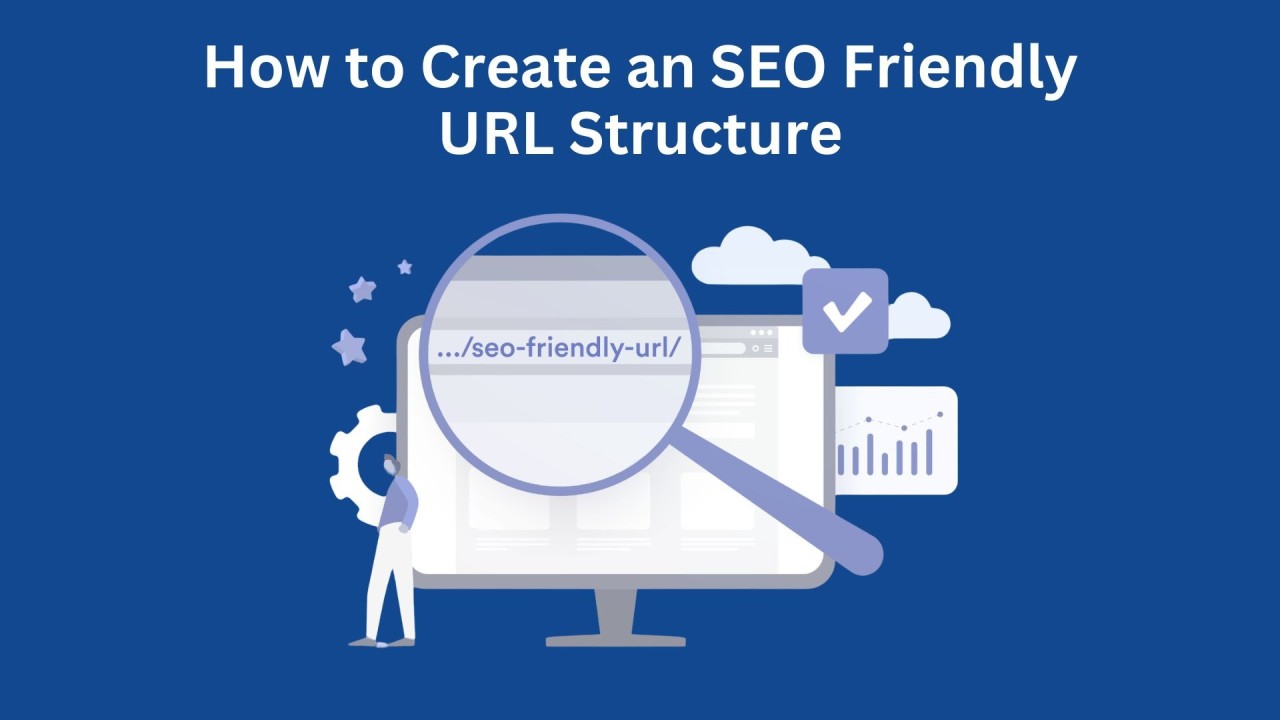In the dynamic world of e-commerce in April 2025, Facebook Ads remain a powerful tool to reach your target audience, showcase your products, and ultimately drive online sales. I’ve guided numerous e-commerce businesses to success with Facebook advertising, and I can tell you that with the right strategy and execution, it can be a game-changer. This comprehensive guide will walk you through the step-by-step process of how to run successful Facebook Ads campaigns for your e-commerce business in the current digital landscape.
Step 1: Setting Up Your Foundation – Facebook Business Manager
Before you can run ads, you need a Facebook Business Manager account, which acts as a central hub for managing your Facebook Pages, ad accounts, and other business assets.
- Go to business.facebook.com: Open your web browser and navigate to the Facebook Business Manager website.
- Create an Account or Log In: If you don’t have a Business Manager account, click “Create Account” and follow the prompts. If you already have one, log in using your Facebook credentials.
- Add Your Facebook Page: Once in Business Manager, go to “Business Settings” (usually found in the left-hand menu or a dropdown). Under “Accounts,” click “Pages” and then “Add.” Select “Add a Page You Own” and follow the instructions to connect your Facebook Business Page.
- Create or Add an Ad Account: In the “Business Settings,” under “Accounts,” click “Ad Accounts” and then “Add.” You can either “Add an Ad Account” if you already have one or “Create a New Ad Account.” Follow the prompts to set up your ad account, including currency and time zone.
- Set Up Your Facebook Pixel: The Facebook Pixel is a crucial piece of code that you install on your website to track user actions, such as page views, add-to-carts, and purchases. In “Business Settings,” under “Data Sources,” click “Pixels” and then “Add.” Follow the instructions to create your Pixel and install the code on your e-commerce website. This data is vital for optimizing your ad campaigns.
Step 2: Defining Your Campaign Objectives for E-commerce
Before creating your ads, you need to define what you want to achieve with your campaign. For e-commerce, common objectives include:
- Conversions: Driving sales or other valuable actions on your website (e.g., purchases, leads). This is often the primary objective for e-commerce businesses.
- Catalog Sales: Showing products directly from your product catalog to people who are likely to purchase them. This is specifically designed for e-commerce.
- Traffic: Driving more visitors to your website or specific product pages.
- Engagement: Getting more people to interact with your ads (e.g., likes, shares, comments). This can be useful for brand building but might not directly translate to sales.
Choose the objective that best aligns with your current marketing goals. For direct sales, “Conversions” or “Catalog Sales” are usually the most effective.
Step 3: Building Your Ad Set – Targeting Your Ideal Customers (April 2025)
The ad set is where you define who will see your ads. Precise targeting is crucial for maximizing your budget and reaching the right customers.
- Choose Your Audience: Facebook offers various targeting options:
- Core Audiences: Target based on demographics (age, gender, location), interests, and behaviors. Explore detailed targeting options to narrow down your audience to people most likely to be interested in your products.
- Custom Audiences: Target people who have previously interacted with your business, such as website visitors, customers on your email list, or users who have engaged with your Facebook Page or Instagram profile. You can create custom audiences from your website traffic (using the Pixel data), customer lists, app activity, and more.
- Lookalike Audiences: Reach new people who are similar to your existing customers or website visitors. Facebook analyzes the characteristics of your source audience (e.g., your customer list or website visitors) and finds people with similar profiles.
- Select Placements: Choose where your ads will appear. Facebook offers various placements, including Facebook Feed, Instagram Feed, Audience Network, Messenger, and more. For e-commerce, Facebook Feed and Instagram Feed are often highly effective. You can choose automatic placements (allowing Facebook to decide where to show your ads for optimal results) or manual placements (giving you more control).
- Set Your Budget and Schedule: Define how much you’re willing to spend on your ad set (daily or lifetime budget) and the duration you want your ads to run. Start with a budget you’re comfortable with and scale as you see results.
Step 4: Designing Your Ad Creative – Making Your Products Shine (April 2025)
Your ad creative (the visual and text elements of your ad) needs to be compelling and showcase your products effectively.
- Choose Your Ad Format: Facebook offers various ad formats for e-commerce:
- Single Image Ads: Use high-quality images of your products.
- Carousel Ads: Display multiple products in a scrollable format, allowing you to showcase different items or features.
- Collection Ads: Feature a cover image or video followed by several product images, providing an immersive shopping experience.
- Video Ads: Use engaging videos to showcase your products in action or tell your brand story.
- Instant Experience Ads (formerly Canvas Ads): Create full-screen, interactive experiences that load quickly on mobile devices.
- Use High-Quality Visuals: Whether you’re using images or videos, ensure they are high-resolution, well-lit, and visually appealing. Showcase your products in the best possible light.
- Write Engaging Ad Copy: Craft clear, concise, and persuasive ad copy that highlights the key benefits of your products and includes a strong call to action. Use language that resonates with your target audience.
- Utilize Dynamic Product Ads (DPAs): If you’re using the “Catalog Sales” objective, you can set up DPAs, which automatically show relevant products from your catalog to people who have previously viewed them on your website or app. This is a highly effective way to retarget potential customers.
Step 5: Setting Your Budget and Schedule
You’ve already set a budget at the ad set level, but here’s a reminder and some additional considerations:
- Start with a Test Budget: If you’re new to Facebook Ads or launching a new campaign, start with a smaller budget to test different targeting options and ad creatives.
- Monitor Your Spending: Keep a close eye on your campaign spending to ensure you stay within your budget.
- Consider Lifetime vs. Daily Budgets: Choose the budget type that best suits your campaign goals and duration. A daily budget allows for consistent spending each day, while a lifetime budget sets a total amount for the entire campaign duration.
- Schedule Your Ads: You can choose to run your ads continuously or set a specific start and end date. You can also specify the days and times of day when your ads are shown to your audience.
Step 6: Launching and Monitoring Your Campaign
Once you’ve set up your campaign, ad set, and ads, it’s time to launch!
- Review Your Settings: Before launching, double-check all your campaign settings, targeting options, budget, and ad creatives to ensure everything is correct.
- Publish Your Campaign: Click the “Publish” button to launch your Facebook Ads campaign.
- Monitor Performance Regularly: Once your campaign is live, monitor its performance closely in the Facebook Ads Manager. Pay attention to key metrics like impressions, reach, clicks, click-through rate (CTR), cost per click (CPC), conversions, and return on ad spend (ROAS).
Step 7: Analyzing Results and Optimizing Your Campaigns
Running successful Facebook Ads for e-commerce is an ongoing process of analysis and optimization.
- Track Your Key Metrics: Regularly review your campaign data to understand what’s working and what’s not.
- A/B Test Different Elements: Continuously test different targeting options, ad creatives, and placements to identify what resonates best with your audience and drives the highest conversions.
- Refine Your Targeting: Based on your performance data, adjust your targeting to focus on the audiences that are most likely to convert.
- Optimize Your Ad Spend: Allocate more of your budget to the ad sets and ads that are performing well and consider pausing or adjusting those that aren’t.
- Analyze Your Conversion Funnel: Understand the complete customer journey from ad click to purchase on your website. Identify any bottlenecks or areas for improvement in your funnel.
- Stay Updated with Facebook Ads Best Practices: The Facebook Ads platform and best practices are constantly evolving. Stay informed about the latest updates and strategies to ensure your campaigns remain effective in April 2025.
My Personal Insights on Facebook Ads for E-commerce
Having managed numerous Facebook Ads campaigns for e-commerce businesses, I’ve seen firsthand the power of this platform to drive sales. The key is to have a clear understanding of your target audience, create compelling visuals and ad copy, and continuously monitor and optimize your campaigns based on performance data. Don’t be afraid to experiment and test different approaches to find what works best for your specific products and audience in April 2025.






